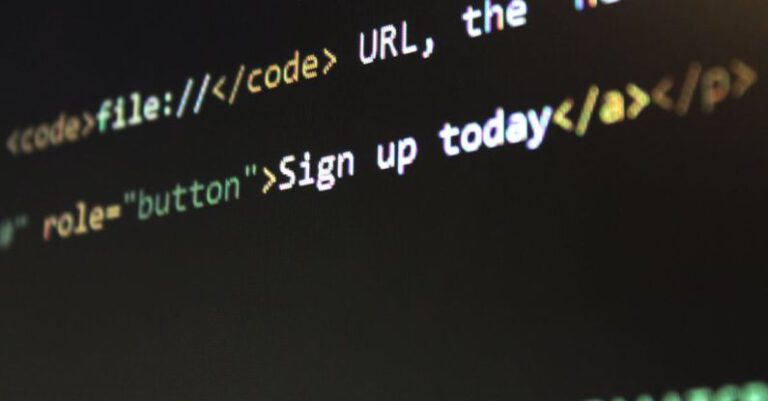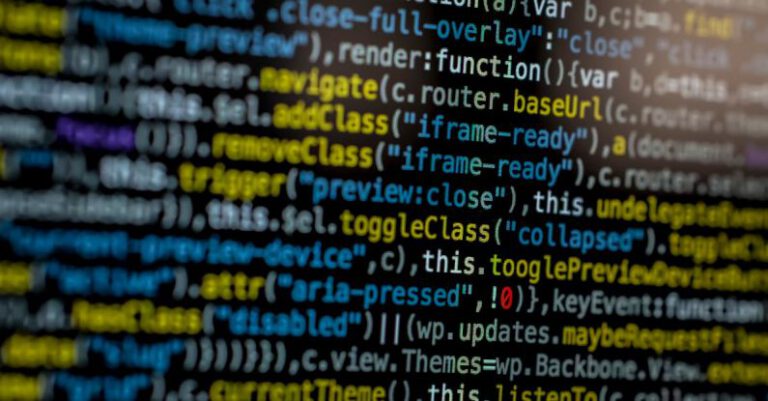What Are the Best Practices for Debugging Apis

Debugging APIs can be a complex process that requires a strategic approach to identify and resolve issues efficiently. APIs serve as the backbone of modern software development, enabling different applications to communicate and share data seamlessly. However, debugging APIs can present unique challenges due to the distributed nature of API interactions and the diverse technologies involved. In this article, we will explore the best practices for debugging APIs to streamline the development process and ensure the reliability of API integrations.
Understanding API Documentation
One of the fundamental steps in debugging APIs is to thoroughly understand the API documentation provided by the API provider. API documentation outlines the endpoints, request parameters, response formats, and error codes that developers need to be familiar with to interact with the API effectively. By studying the API documentation, developers can gain insights into the expected behavior of the API and troubleshoot issues more effectively.
Utilizing API Testing Tools
API testing tools play a crucial role in debugging APIs by allowing developers to test API endpoints, validate responses, and simulate different scenarios. Tools such as Postman, SoapUI, and Insomnia provide features for sending API requests, inspecting responses, and setting up automated tests to verify API functionality. By utilizing API testing tools, developers can identify bugs early in the development process and ensure that APIs perform as expected across various use cases.
Logging and Error Handling
Logging is an essential aspect of debugging APIs as it provides visibility into the flow of API requests and responses, helping developers track down issues and monitor API performance. By implementing structured logging in APIs, developers can capture relevant information such as request payloads, response codes, and error messages to facilitate troubleshooting. Additionally, robust error handling mechanisms should be in place to gracefully handle exceptions and provide meaningful error messages to API consumers.
Monitoring API Performance
Monitoring API performance is critical for identifying bottlenecks, latency issues, and unexpected behavior that can impact the user experience. Developers can leverage API monitoring tools such as New Relic, Datadog, and Prometheus to track key performance metrics, set up alerts for anomalies, and analyze trends over time. By monitoring API performance proactively, developers can identify potential issues before they escalate and optimize API performance for better responsiveness.
Version Control and Deployment Strategies
Version control systems such as Git play a crucial role in managing changes to API code and configurations, allowing developers to track revisions, collaborate with team members, and roll back changes if necessary. Adopting a robust deployment strategy, such as continuous integration and continuous deployment (CI/CD), enables developers to automate the testing, building, and deployment of APIs, reducing the risk of introducing bugs into production environments. By implementing version control and deployment strategies effectively, developers can maintain the stability and reliability of APIs throughout the development lifecycle.
Collaboration and Communication
Effective collaboration and communication among team members are essential for debugging APIs successfully. By fostering a culture of transparency, knowledge sharing, and open communication, teams can work together to identify and resolve API issues efficiently. Regular code reviews, pair programming sessions, and cross-functional collaboration can help prevent bugs, optimize API design, and ensure that APIs meet the requirements of stakeholders. By prioritizing collaboration and communication, teams can enhance the quality of API development and deliver robust solutions to end-users.
Incorporating Security Practices
Security is a critical consideration in debugging APIs to protect sensitive data, prevent unauthorized access, and mitigate security vulnerabilities. Developers should follow best practices for API security, such as implementing authentication mechanisms, encrypting data in transit, and validating input to prevent injection attacks. By incorporating security practices into the API development process, developers can safeguard APIs against potential threats and ensure the confidentiality, integrity, and availability of data.
Optimizing API Design and Performance
Optimizing API design and performance is essential for enhancing the efficiency and scalability of APIs. Developers should follow RESTful design principles, use appropriate HTTP methods, and structure APIs in a logical and predictable manner to improve usability and maintainability. Additionally, optimizing API performance by implementing caching mechanisms, reducing unnecessary data transfers, and optimizing database queries can enhance the responsiveness and scalability of APIs. By focusing on optimizing API design and performance, developers can deliver high-quality APIs that meet the needs of users and provide a seamless experience.
Embracing Continuous Improvement
Continuous improvement is a key principle in debugging APIs to adapt to changing requirements, address feedback, and enhance the overall quality of APIs. By collecting and analyzing metrics, soliciting feedback from users, and conducting post-mortems on incidents, developers can identify areas for improvement and prioritize enhancements effectively. Embracing a mindset of continuous improvement allows teams to iterate on API designs, implement new features, and address technical debt to ensure that APIs evolve to meet the evolving needs of users and stakeholders.





